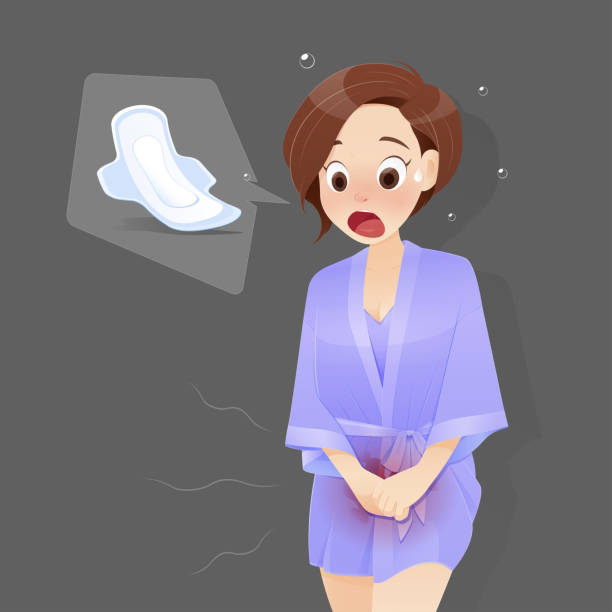TIME LINE OF BABY'S DEVELOPMENT IN THE MOTHER'S WOMB

TIME LINE OF BABY'S DEVELOPMENT IN THE MOTHER'S WOMB WEEK 1 SIZE: 0.0035 in (0.008cm) WEIGHT: ----- ----- • A mature Egg is released from the Ovary. • The Egg moves in the Fallopian Tube. •A Sperm fertilizers the Egg to form a Zygote. WEEK 2 SIZE: 0.0039 in (0.0099cm) WEIGHT: ----- ----- • The Zygote travels down the Fallopian Tube. • The Zygote is implanted into the Uterine wall. • The cells of the early embryo begin to divide. WEEK 3 SIZE: 0.0039 in (0.0099) WEIGHT: ----- ----- • The implantation of the Embryo is complete. • The early Embryo now consists of 16 cells. • It continues to divide to form the Blastocyst. WEEK 4 SIZE: 0.01 in ( 0.025 cm) WEIGHT: 0.0001 oz (3.95 mg) • The Blastocyst forms the Embryonic disc. • The Embryo is now made of three layers. • Each layer will form different part of the body. WEEK 5 SIZE: 0.13 in (0.33 cm) WEIGHT: 0.01 oz (0.28 g) • Tiny collection of tubes will start to form. • One tub...



